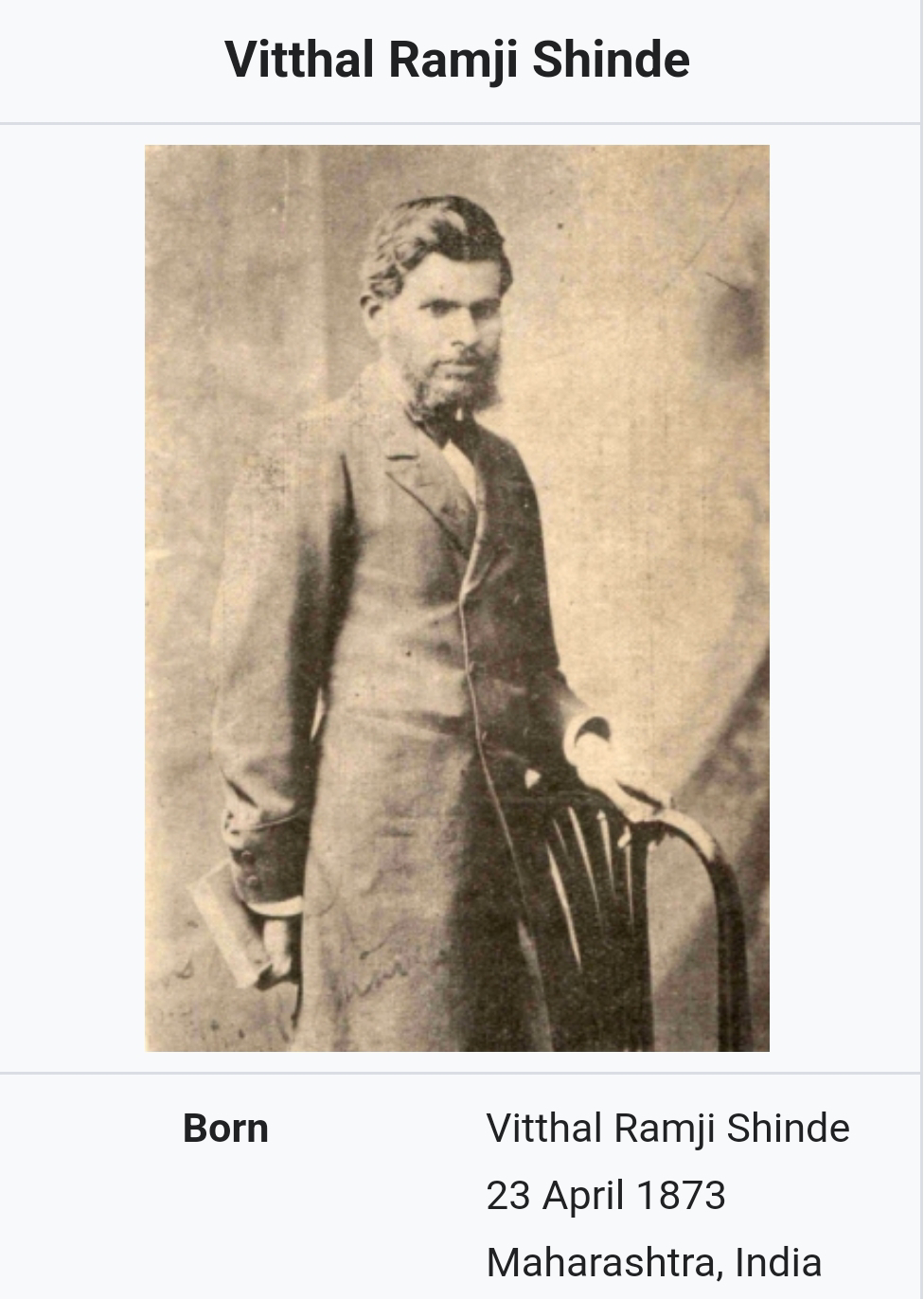WEATHER AND CLIMATE
Std.6th GEOGRAPHY
4. Weather and Climate (part 1)
Short Notes
Weather:
• We always see that the atmospheric conditions go on changing time to time.
• We often talk about it for example weather of today is hot/cool/ humid etc.
• We may experience differences in the atmospheric conditions of morning, afternoon, evening or night
• These conditions are short lived.
• Such kind of atmospheric conditions are know as weather.
CLIMATE:
• The average weather condition of a place observed over a long period of time is the ' climate' of that region.
• Climate is generally expressed as cool & dry, hot & humid, hot & dry etc.
• The weather changed quite often due to changes in temperature, winds, humidity etc.
• A sum total of all these elements define weather.
• These affects our day to day activities and life style.
 ELEMENTS OF WEATHER:
ELEMENTS OF WEATHER:
1. TEMPERATURE:
• The Earth's surface gets heated because of the Sun.
• Once the surface of the Earth gets heated the air closer to it starts becoming hot or warm along with the other layers of air.
• But as we move upward from the sea level, the temperature of air decreases.
• The temperature also goes on decreasing from the Equator.towards both the poles.
2.AIR PRESSURE:
• Air has weight.
• Any object that has weight will creat pressure.
• For ex.When we blow balloon,it inflates/ puffed out because of air pressure.
• The lowermost layer i.e. troposphere get subjected to the pressure of the upper layers like stratosphere.
• There is greater air pressure near the surface of the earth and it decreases with increasing height.This is vertical air pressure.
3.WINDS:
• The movement of air from one place to other is called wind.
• Always wind moves from High pressure area to low pressure area.
• If the air closer to the surface of the earth gets heated there a Low pressure area creates.
• Warm air rises up with the vapour.
• If the air closer to the surface is cold then a High Pressure area creats.
• Always Winds blow away from the high pressure area.
• Hence Winds move from high pressure area to the low pressure area in the day time and vice-versa in the night time.
4.MOISTURE:
• The air moves up with vapour.
• The air that has greater amount of vapour is called humid air
• The humidity in the air is called Moisture.
• Air with higher temperature holds a greater amount of moisture.
5.PRECIPITATION :
• Vapour in the atmosphere condenses into water droplets or snow particles (hailstorm).
• The showering of the water droplets or snow is called precipitation.
• Rainfall, snowfall or hailstorm are the examples of precipitation.
4. Weather and Climate (part 1)
Short Notes
Weather:
• We always see that the atmospheric conditions go on changing time to time.
• We often talk about it for example weather of today is hot/cool/ humid etc.
• We may experience differences in the atmospheric conditions of morning, afternoon, evening or night
• These conditions are short lived.
• Such kind of atmospheric conditions are know as weather.
CLIMATE:
• The average weather condition of a place observed over a long period of time is the ' climate' of that region.
• Climate is generally expressed as cool & dry, hot & humid, hot & dry etc.
• The weather changed quite often due to changes in temperature, winds, humidity etc.
• A sum total of all these elements define weather.
• These affects our day to day activities and life style.
 ELEMENTS OF WEATHER:
ELEMENTS OF WEATHER:1. TEMPERATURE:
• The Earth's surface gets heated because of the Sun.
• Once the surface of the Earth gets heated the air closer to it starts becoming hot or warm along with the other layers of air.
• But as we move upward from the sea level, the temperature of air decreases.
• The temperature also goes on decreasing from the Equator.towards both the poles.
2.AIR PRESSURE:
• Air has weight.
• Any object that has weight will creat pressure.
• For ex.When we blow balloon,it inflates/ puffed out because of air pressure.
• The lowermost layer i.e. troposphere get subjected to the pressure of the upper layers like stratosphere.
• There is greater air pressure near the surface of the earth and it decreases with increasing height.This is vertical air pressure.
3.WINDS:
• The movement of air from one place to other is called wind.
• Always wind moves from High pressure area to low pressure area.
• If the air closer to the surface of the earth gets heated there a Low pressure area creates.
• Warm air rises up with the vapour.
• If the air closer to the surface is cold then a High Pressure area creats.
• Always Winds blow away from the high pressure area.
• Hence Winds move from high pressure area to the low pressure area in the day time and vice-versa in the night time.
4.MOISTURE:
• The air moves up with vapour.
• The air that has greater amount of vapour is called humid air
• The humidity in the air is called Moisture.
• Air with higher temperature holds a greater amount of moisture.
5.PRECIPITATION :
• Vapour in the atmosphere condenses into water droplets or snow particles (hailstorm).
• The showering of the water droplets or snow is called precipitation.
• Rainfall, snowfall or hailstorm are the examples of precipitation.








Comments
Post a Comment